
Clare Norman Houseman
1893 - 1917
We have no Service Record for Clare Norman Houseman but we know from his Medal Card that he was in
the King’s Own Yorkshire Light Infantry ( KOYLI ), his numbers being 1913 & 240111.
We know from the Commonwealth Graves Commission that he was a Lance Corporal, his battalion
( 2/5th btn King's Own Yorkshire Light Infantry ), the date he died & where his memorial is.
In France
The 2/5th bn King’s Own Yorkshire Light Infantry were part of the 187th ( 2/3rd West Riding ) Brigade
of the 62nd Division. The 2nd West Riding Division was formed from the Home Service men of the
Territorial Force units in the 49th Division, it was formed in Great Britain in March 1915. Many men were
Transferred to other units after volunteering for duties overseas. The Division started to prepare for
overseas duties in December 1916. Arrived in France in January 1917 and served in France and Flanders
until the Armistice.
Clare Norman served in France and Flanders, with the 62nd Division, most probably taking part in:
1917
The German retreat to the Hindenburg Line (Occupation of Peronne (18 March)).
The Second Battle of Arras (First attack on Bullecourt ( 11 April), the defence of
Lagnicourt against German attack (15 April) and the Battle of Bullecourt (started 3 May)).
Clare Norman Houseman was killed on the 3rd of May 1917 so it would seem likely that this was on the
first day of fighting at the Battle of Bullecourt.
Because of his overseas service in a theatre of war he was qualified to wear the British War Medal and
Victory Medal. As he did not qualify for the 1914-1915 Star medal we know that he did not serve in France
before January 1916.
the King’s Own Yorkshire Light Infantry ( KOYLI ), his numbers being 1913 & 240111.
We know from the Commonwealth Graves Commission that he was a Lance Corporal, his battalion
( 2/5th btn King's Own Yorkshire Light Infantry ), the date he died & where his memorial is.
In France
The 2/5th bn King’s Own Yorkshire Light Infantry were part of the 187th ( 2/3rd West Riding ) Brigade
of the 62nd Division. The 2nd West Riding Division was formed from the Home Service men of the
Territorial Force units in the 49th Division, it was formed in Great Britain in March 1915. Many men were
Transferred to other units after volunteering for duties overseas. The Division started to prepare for
overseas duties in December 1916. Arrived in France in January 1917 and served in France and Flanders
until the Armistice.
Clare Norman served in France and Flanders, with the 62nd Division, most probably taking part in:
1917
The German retreat to the Hindenburg Line (Occupation of Peronne (18 March)).
The Second Battle of Arras (First attack on Bullecourt ( 11 April), the defence of
Lagnicourt against German attack (15 April) and the Battle of Bullecourt (started 3 May)).
Clare Norman Houseman was killed on the 3rd of May 1917 so it would seem likely that this was on the
first day of fighting at the Battle of Bullecourt.
Because of his overseas service in a theatre of war he was qualified to wear the British War Medal and
Victory Medal. As he did not qualify for the 1914-
Lance Corporal - service number 240111
2/5th King’s Own Yorkshire Light Infantry

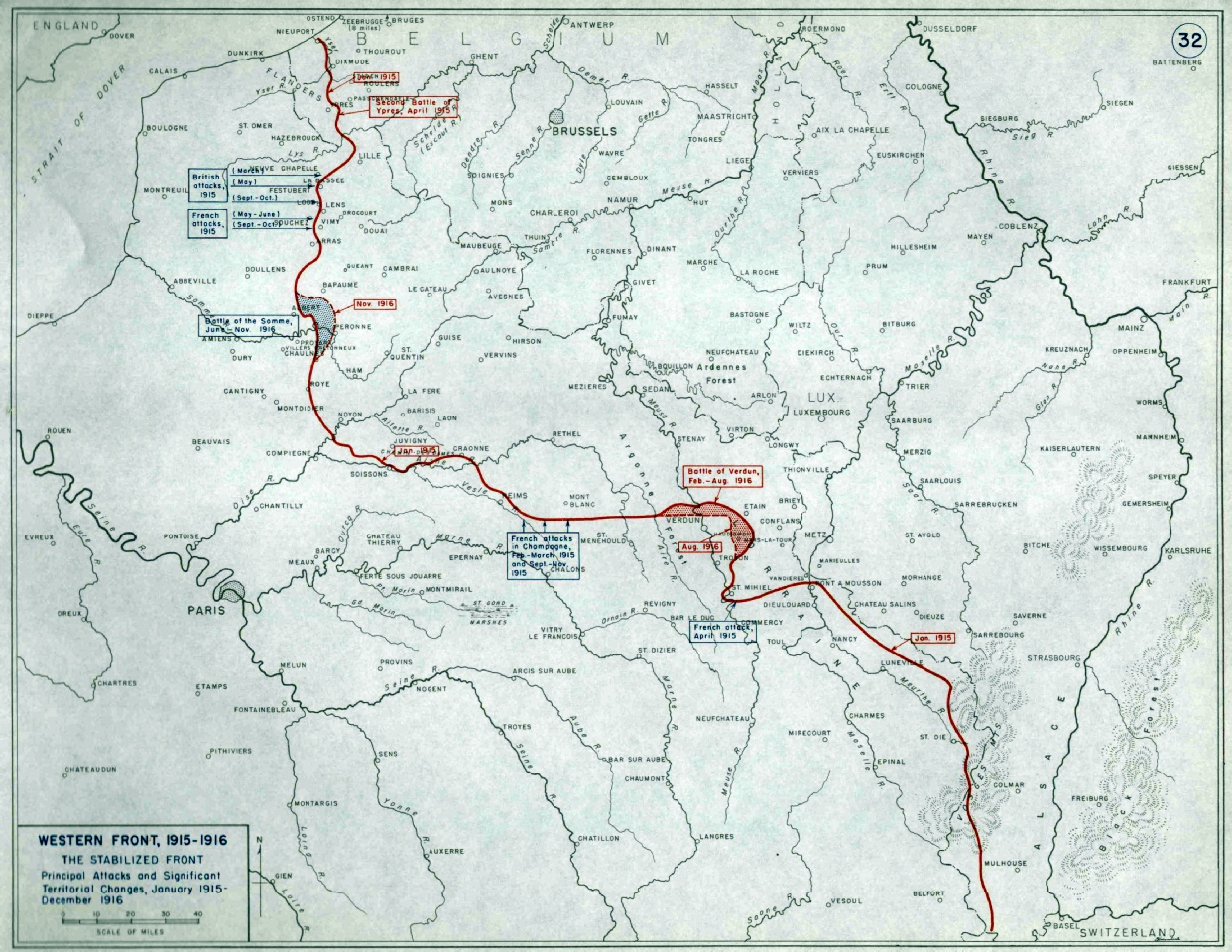

= Second Battle of Arras
= German Retreat to the Hindenburg Line
Hover your mouse over a circle
for more information
for more information
1917
= Arras Memorial Cemetery

Battalions of the Regular Army
1st Battalion
August 1914 : in Singapore. Returned to England and landed at Southampton on 9 November 1914.
9 November 1914 : moved to Hursley Park and on to Harwich on 18 November.
17 December 1914 : returned to Hursley Park and attached to 83rd Brigade in 28th Division.
16 January 1915 : landed at Le Havre.
26 October 1915 : sailed from Marseilles for Salonika, arriving 7 December.
20 June 1918 : left the Division and moved to France, landing at Taranto (Italy) 2 July 1918.
16 July 1918 : attached to 151st Brigade in 50th (Northumbrian) Division.
2nd Battalion
August 1914 : in Dublin. Part of 13th Brigade in 5th Division.
16 August 1914 : landed at Le Havre.
28 December 1915 : transferred to 97th Brigade in 32nd Division.
3rd (Reserve) Battalion
August 1914 : in Pontefract. A depot/training unit, it moved on mobilisation to Hull. Moved to Withernsea in April 1916,
went on to Hedon in October 1916. Pocklington in June 1918 and finally Patrington in August 1918, as part of Humber
Garrison.
Battalions of the Territorial Force
1/4th Battalion
August 1914 : in Wakefield. Part of 3rd West Riding Brigade, West Riding Division. Moved on mobilisation to Doncaster
and in November 1914 to Gainsborough. Moved on to York in February 1915.
12 April 1915 : landed at Boulogne.
15 May 1915 : formation became 148th Brigade, 49th (West Riding) Division.
1/5th Battalion
August 1914 : in Doncaster. Record same as 1/4th Bn.
2 February 1918 : transferred to 187th Brigade in 62nd (2nd West Riding) Division and absorbed 2/5th Bn.
Renamed 5th Bn.
2/4th Battalion
Formed at Wakefield on 30 September 1914 as a second line unit.
1 March 1915 : moved to Bulwell and attached to 187th Brigade in 62nd (2nd West Riding) Division. Moved in April 1915
to Strenshall and on in May to Beverley, going on in November to Gateshead, January 1916 to Larkhill and June 1916 to
Flixton Park near Bungay. Moved again in October 1916 to Wellingborough.
Landed at Le Havre on 15 January 1917.
2/5th Battalion
Formed at Doncaster on 10 September 1914 as a second line unit. Record same as 2/4th Bn.
2 February 1918 : absorbed into 1/5th Bn
3/4th and 3/5th Battalions
Formed at home bases in March 1915 and moved to Clipstone Camp.
8 April 1916 : became Reserve Bns.
1 September 1916 : 4th absorbed 5th Reserve Bn. Moved in October 1917 to Rugeley Camp, going on to Bromeswell in
July 1918 and finally Southend in October 1918
Battalions of the New Armies
6th (Service) Battalion
Formed at Pontefract on 12 August 1914 as part of K1 and attached to 43rd Brigade in 14th (Light) Division. Moved
initially to Woking and on to Witley in November 1914. Moved to Aldershot in February 1915.
21 May 1915 : landed at Boulogne.
19 February 1918 : disbanded in France.
7th (Service) Battalion
Formed at Pontefract on 12 September 1914 as part of K2 and attached to 61st Brigade in 20th (Light) Division. Moved to
Woking and then on to Witley in February 1915, going on to Salisbury Plain in May.
24 July 1915 : landed at Boulogne.
20 February 1918 : disbanded in France.
8th (Service) Battalion
Formed at Pontefract in September 1914 as part of K3 and attached to 70th Brigade in 23rd Division. Moved to Frensham
and then to Aldershot in December 1914. Moved on to Hythe in February 1915 and Bordon in May.
August 1915 : landed at Boulogne.
November 1917 : moved with the Division to Italy.
9th (Service) Battalion
Formed at Pontefract in September 1914 as part of K3 and attached to 64th Brigade in 21st Division. Moved to
Berkhamsted and then to Halton Park (Tring) in October 1914, going on to billets in Maidenhead in November. returned to
Halton Park in April 1915 and went on to Witley in August.
September 1915 : landed in France.
10th (Service) Battalion
Formed at Pontefract in September 1914. Record same as 9th Bn.
13 February 1918 : disbanded in France, with at least some of the men going to 20th Entrenching Battalion.
11th (Reserve) Battalion
Formed in Hull in October 1914 for K4, attached to 90th Brigade of original 30th Division. Moved to Harrogate.
10 April 1915 : converted into a reserve battalion. Moved in November 1915 to Rugeley.
1 September 1916 : converted into 8th Training Reserve Battalion of 2nd Reserve Brigade at Rugeley.
Later became 53rd (Young Soldier) Battalion (see below).
12th (Service) Battalion (Miners)(Pioneers)
Formed in Leeds on 5 September 1914 by the West Yorkshire Coalowners Association. Moved to Farnley Park (Otley).
May 1915 : moved to Burton Leonard (Ripon) and attached as Pioneer Battalion to 31st Division. Moved to Fovant in
October 1915.
December 1915 : moved to Egypt. Went on to France in March 1916.
Between 1 July and 30 November 1917, attached to Fifth Army Troops for work on light railways.
13th (Reserve) Battalion (Pioneers)
Formed at Ripon in October 1915 from the depot companies of the 12th Bn. Moved initially to Harrogate and then to
Gosforth in May 1916.
1 September 1916 : absorbed into Training Reserve Battalions of 19th Reserve Brigade at Newcastle.
Other Battalions
14th (Home Service) Battalion
Formed around November 1916 and came under orders of 216th Brigade of 72nd Division. Moved to Bedford then in May
1917 to Ipswich. Disbanded 8 April 1918.
15th (Service) Battalion
Formed on 11 June 1918, when the 10th Garrison Guard Bn, recently formed in France, became the 15th (Garrison) Bn.
Renamed on 13 July 1918.
11 June 1918 : attached to 120th Brigade in 40th Division.
1st (Reserve) Garrison Battalion
Formed in Newcastle-
2nd Garrison Battalion
Formed at South Dalton in June 1916. Moved to France next month, and joined Fourth Army as Army Troops. July 1918
moved to Lines of Communication.
31 July 1918 renamed 16th (Garrison) Bn.
51st (Graduated) Battalion
Up to 26 October 1917, this was known as 264th Graduated Battalion and had no regimental affiliation. Before that it had
been 90th Battalion of the Training Reserve and up to September 1916 had been the 12th (Reserve) Battalion of the East
Yorkshire Regiment. A training unit based at Ipswich, it was part of 217th Brigade in 72nd Division. In March 1918 when
72nd Division was broken up it went to 208th Brigade of 69th Division at Doncaster. By May 1918 it had moved to
Welbeck and in August 1918 went on to Clipstone Camp.
52nd (Graduated) Battalion
Up to 26 October 1917, this was known as 270th Graduated Battalion and had no regimental affiliation. Before that it had
been 91st Battalion of the Training Reserve and up to September 1916 had been the 15th (Reserve) Battalion of the
York & Lancaster Regiment. A training unit based at Danbury, it came under command of 219th Brigade in 73rd Division.
In March 1918 when 73rd Division was broken up it went to 208th Brigade of 69th Division at Doncaster. By May 1918 it
had moved to Welbeck and in August 1918 went on to Clipstone Camp.
53rd (Young Soldier) Battalion
Up to 27 October 1917, this was known as 8th Young Soldier Battalion and had no regimental affiliation. Before that it
had been 11th (Reserve) Battalion of the King's Own (Yorkshire Light Infantry) (see above). A basic recruit training unit
based at Cannock Chase, it was part of 2nd Reserve Brigade. By November 1918 it had also moved to Clipstone Camp.
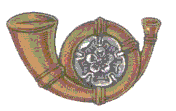
King’s Own Yorkshire Light Infantry

Lance Corporal Clare Norman Houseman
died on the 3 May 1917, Aged 24
whilst serving with the
2/5th Bn King’s Own Yorkshire Light Infantry.
He has no known grave but is remembered at the
Arras Memorial Cemetery in France
(Location Bay 7)
died on the 3 May 1917, Aged 24
whilst serving with the
2/5th Bn King’s Own Yorkshire Light Infantry.
He has no known grave but is remembered at the
Arras Memorial Cemetery in France
(Location Bay 7)


The French handed over Arras to Commonwealth forces in the spring of 1916 and the system of
tunnels upon which the town is built were used and developed in preparation for the major
offensive planned for April 1917. The Commonwealth section of the FAUBOURG D'AMIENS
CEMETERY was begun in March 1916, behind the French military cemetery established earlier.
It continued to be used by field ambulances and fighting units until November 1918.
The cemetery was enlarged after the Armistice when graves were brought in from the battlefields
and from two smaller cemeteries in the vicinity. The cemetery contains 2,651 Commonwealth
burials of the First World War. In addition, there are 30 war graves of other nationalities, most of
them German. During the Second World War,
Arras was occupied by United Kingdom forces headquarters until the town was evacuated on
23 May 1940. Arras then remained in German hands until retaken by Commonwealth and Free
French forces on 1 September 1944. The cemetery contains seven Commonwealth burials of the
Second World War. The graves in the French military cemetery were removed after the First
World War to other burial grounds and the land they had occupied was used for the construction
of the Arras Memorial and Arras Flying Services Memorial.
The ARRAS MEMORIAL commemorates almost 35,000 servicemen from the United Kingdom,
South Africa and New Zealand who died in the Arras sector between the spring of 1916 and
7 August 1918, the eve of the Advance to Victory, and have no known grave. The most
conspicuous events of this period were the Arras offensive of April-May 1917, and the German
attack in the spring of 1918. Canadian and Australian servicemen killed in these operations are
commemorated by memorials at Vimy and Villers-Bretonneux. A separate memorial remembers
those killed in the Battle of Cambrai in 1917.
The ARRAS FLYING SERVICES MEMORIAL commemorates nearly 1,000 airmen of the Royal
Naval Air Service, the Royal Flying Corps, and the Royal Air Force, either by attachment from
other arms of the forces of the Commonwealth or by original enlistment, who were killed on the
whole Western Front and who have no known grave. Both cemetery and memorial were designed
by Sir Edwin Lutyens, with sculpture by Sir William Reid Dick. The memorial was unveiled by
Lord Trenchard, Marshal of the Royal Air Force on the 31 July 1932 (originally it had been
scheduled for 15 May, but due to the sudden death of French President Doumer, as a mark of
respect, the ceremony was postponed until July.
tunnels upon which the town is built were used and developed in preparation for the major
offensive planned for April 1917. The Commonwealth section of the FAUBOURG D'AMIENS
CEMETERY was begun in March 1916, behind the French military cemetery established earlier.
It continued to be used by field ambulances and fighting units until November 1918.
The cemetery was enlarged after the Armistice when graves were brought in from the battlefields
and from two smaller cemeteries in the vicinity. The cemetery contains 2,651 Commonwealth
burials of the First World War. In addition, there are 30 war graves of other nationalities, most of
them German. During the Second World War,
Arras was occupied by United Kingdom forces headquarters until the town was evacuated on
23 May 1940. Arras then remained in German hands until retaken by Commonwealth and Free
French forces on 1 September 1944. The cemetery contains seven Commonwealth burials of the
Second World War. The graves in the French military cemetery were removed after the First
World War to other burial grounds and the land they had occupied was used for the construction
of the Arras Memorial and Arras Flying Services Memorial.
The ARRAS MEMORIAL commemorates almost 35,000 servicemen from the United Kingdom,
South Africa and New Zealand who died in the Arras sector between the spring of 1916 and
7 August 1918, the eve of the Advance to Victory, and have no known grave. The most
conspicuous events of this period were the Arras offensive of April-
commemorated by memorials at Vimy and Villers-
The ARRAS FLYING SERVICES MEMORIAL commemorates nearly 1,000 airmen of the Royal
Naval Air Service, the Royal Flying Corps, and the Royal Air Force, either by attachment from
other arms of the forces of the Commonwealth or by original enlistment, who were killed on the
whole Western Front and who have no known grave. Both cemetery and memorial were designed
by Sir Edwin Lutyens, with sculpture by Sir William Reid Dick. The memorial was unveiled by
Lord Trenchard, Marshal of the Royal Air Force on the 31 July 1932 (originally it had been
scheduled for 15 May, but due to the sudden death of French President Doumer, as a mark of
respect, the ceremony was postponed until July.
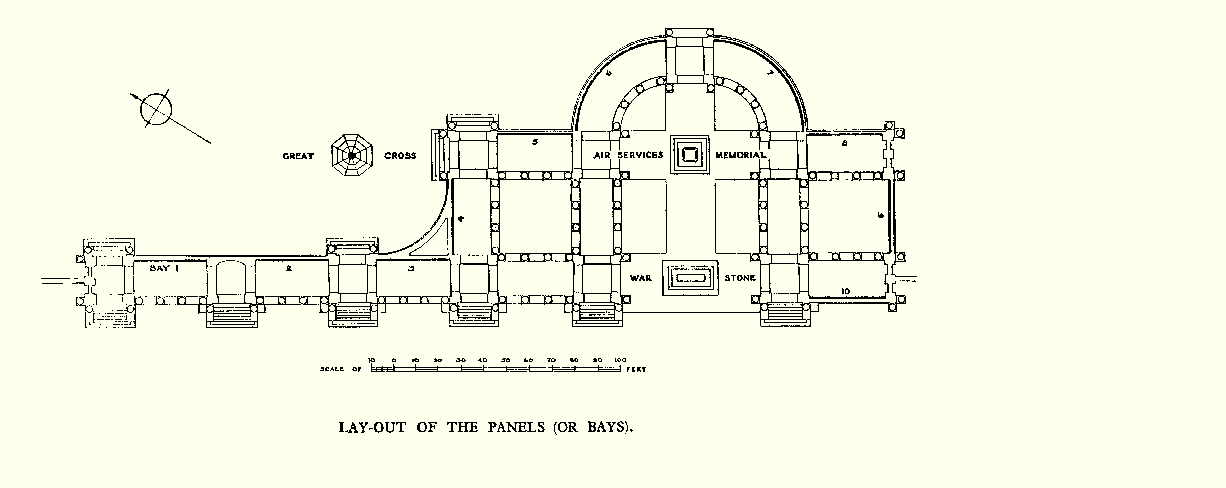
Arras Memorial Cemetery
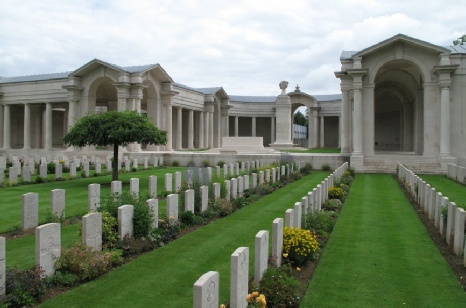
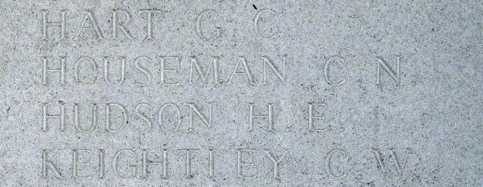
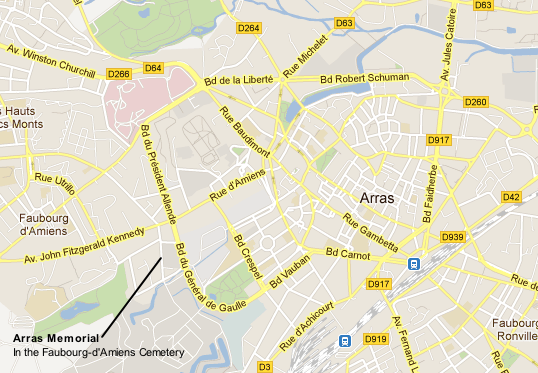
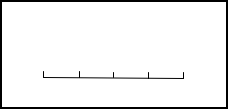
SCALE IN MILES
0
10
20
30
Western Front 1914 -1918